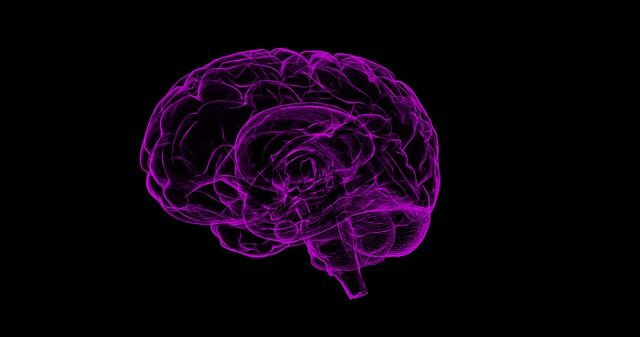Locked-In Syndrome Latest: Tool That Reads Brain Activity Means Patients With Tragic Syndrome Can Finally Communicate

Locked-in patients are trapped inside of their bodies, unable to communicate in the simplest ways. However, a new medical breakthrough suggests their sentence of silence may soon be over. A team of researchers from the University of Tübingen in Germany have developed a tool that reads the brain activity of locked-in patients, allowing them to answer yes or no questions.
So far, the tool has worked on four different patients, and is so promising it’s been hailed by the team as the “first sign that completely locked-in syndrome may be abolished forever.”
The device is actually a cap, which when worn by patients, uses infrared light to spot variations in blood flow in different regions of the brain, The Guardian reported. A computer then interprets the different blood flow patterns as “yes” or “no.” According to the study on the new device, now published online in PLOS Biology, after a bit of training, all four locked-in patients involved in the experiments were able to successfully answer both trivia questions and personal questions using the device.
Read: Ice Bucket Challenge Credited With ALS Breakthrough
“This is the first time we’ve been able to establish reliable communication with these patients and I think that is important for them and their families,” study researcher Dr. Niels Birbaumer told The Guardian. “I can say that after 30 years of trying to achieve this, it was one of the most satisfying moments of my life when it worked.”
For their research, the team tested the technique, also known as functional near-infrared spectroscopy (fNIRS) on three women and one man, all of whom were completely locked-in as a result of amyotrophic lateral sclerosis (ALS). The patients were between the ages of 24 and 76. More importantly, all patients had completely lost all communication skills, while some had not communicated with another person for many years.
Locked-in syndrome is a neurological disorder characterized by complete paralysis of all voluntary muscles except for the ones that control the movements of the eyes, RareDiseases.org reported. Due to this, individuals with locked-in syndrome are conscious and awake, but have no ability to produce movements. However, their cognitive function is usually unaffected. Although all of the patients involved in this study experienced locked-in syndrome as a result of ALS, the condition can be brought on by a number of other diseases and traumatic injuries, such as tumors, loss of the protective insulation (myelin) that surrounds nerve cells (myelinolysis), and inflammation of the nerves (polymyositis).
What is perhaps most enlightening about this research is not that the locked-in patients were able to communicate, but rather what they had to say. While the non-handicapped public may view a life without communication as miserable, according to all four patients, they were “happy” with their quality of life. The team suspect that being unable to move or communicate may put these patients in an almost meditative state and make them more sensitive to social interactions around them.
The results are promising; Birbaumer hopes to expand the tool's potential, and design a system that allows patients to communicate beyond answering yes or no questions.
Source: Chaudhary U, Xia B, Silvoni S, Cohen LG, Birbaumer N. Brain–Computer Interface–Based Communication in the Completely Locked-In State. PLOS Biology . 2017
See Also:
What Is Amyotrophic Lateral Sclerosis (ALS) And How Has Hawking Survived So Long?
Published by Medicaldaily.com



























